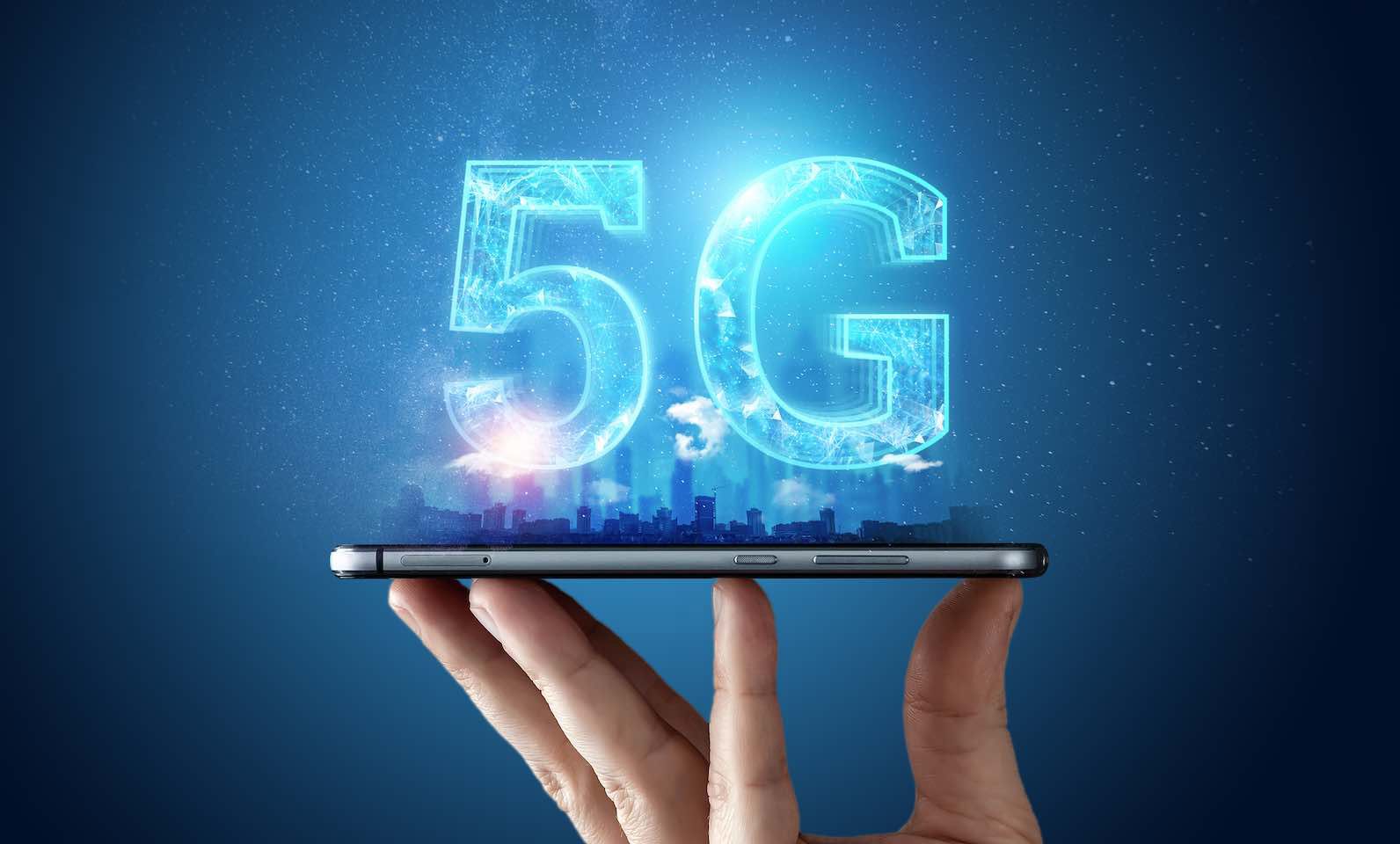Many Vietnamese
businesses are planning to produce chips for 5G core networks, IoT devices,
research, development of phones and 5G telecommunications devices.Currently, there are about
131 carriers announced investing in developing 5G technology. Many large
companies already have commercial 5G BTS stations to deploy to carriers. As of
September 2019, only about 10 countries commercialized the 5G network. These
countries include Korea, Japan, China, the United States, Australia, the United
Kingdom, Spain, Sweden, Norway, and the Russia. However, the world still does
not have a common 5G standard.
In Vietnam, the Ministry
of Information and Communications has licensed operators to start testing 5G
technology in some major cities. Vietnam has determined that it will not slow
down compared to other countries in the process of developing 5G. However, not
just commercializing 5G, local businesses are even more ambitious.
Vietnamese
businesses plan to produce 5G chips
The IC industry is an important part of the hardware
industry - electronics. With the trend of digital transformation taking place
around the world, mastering in research, design, manufacturing chips and ICT
devices is more important than ever. 5G has a special feature that manufacturers who want to
have 5G equipment must produce their chipset. Therefore, not only is the
deployment and application of 5G networks, some Vietnamese enterprises also
have the ambition to produce 5G chips to catch the wave of the Internet of
Things.
According to the Deputy General Director of a High
Technology Industry Corporation, the operator has developed and deployed about
80% of 4G network element devices. With 5G, the company will develop 5G
networks including 5G core network devices and radio access networks.
The company's goal is to
be able to deploy microcells on the network by 2020 and complete the Core 5G
NSA EN-DC. Next is to deploy macro cells (network macro cells) and complete
Core 5G SA.
To optimize product costs, the company is designing and
manufacturing hardware, including chips, to fully master the product. By July
2020, the company will announce the first ASIC chip. In April 2021, the company
will manufacture DFE chips. These are the two most important chips in the 5G
transceiver station.
The group currently has 300 engineers involved in the 5G
project. These are all experienced engineers. The group has approved a budget
of VND 500 billion for Microcell 5G development and is investing in a Lab with
VND 200 billion.
A fledgling enterprise that is a company of a
multidisciplinary group in Vietnam is also cherishing similar ambitions. Although it was just
established in 2018, this business has built a Lab to support the research and
development of 5G phones and 5G telecommunication devices.
What do Vietnamese businesses need to develop
microchips and 5G network equipment?
So far, Vietnam has never produced a chip from start
to finish to be commercialized. Therefore, the Deputy General Director of the
high-tech corporation said that one of the difficulties that this unit faces is
the trust of the Vietnamese people themselves.
The second difficulty is the lack of chip design
experts. These people are not only good but also seasoned with 5-10 years of
experience.
For the multidisciplinary corporation, the company
proposed the Ministry of Information and Communications to allocate frequencies
to be able to test 5G networks. Because it is just an equipment company, it is
more difficult to obtain a license than the network operators are.
With this proposal, the representative of the Ministry
of Information and Communications said that businesses producing 5G equipment
need the frequency band for testing to apply for licenses. "If there is a
band to use, need to study but no planning, the Department of
Telecommunications will have a plan to solve, just businesses offer the band,"
Deputy Director of Department of Radio Frequency.
The Ministry of
Information and Communications will be responsible for forming a strategy to
better define the role and responsibility of the state in promoting chipset
development plans of Vietnamese businesses.
The Ministry also wants to receive more
recommendations and suggestions from organizations and businesses to complete
the plan. The Ministry of Information and Communications is committed to
accompanying to address all difficulties of businesses in the industry.
Source: https://vietnamnet.vn/vn/thong-tin-truyen-thong/viet-nam-va-tham-vong-tu-san-xuat-chip-5g-583587.html
About us:
TMA Solutions was established in 1997 to provide quality software outsourcing services to leading companies worldwide. We are one of the largest software outsourcing companies in Vietnam with 2,600 engineers. Our engineering team was selected from a large pool of Vietnam IT resources; they are well-trained and have successfully completed many large and complex projects. Please visit us: https://www.tmasolutions.com/







